
A higher TRV was significantly associated with cerebrovascular disease and persistent albuminuria in children with SCD across two large cohorts.

A higher TRV was significantly associated with cerebrovascular disease and persistent albuminuria in children with SCD across two large cohorts.

Treatment with intravenous iron therapy proves more efficacious than oral or no iron therapy in improving hemoglobin in pediatric patients admitted with IBD and IDA.

No concerning patterns of long-term or increasing opioid use were observed within 3 years after first opioid prescription in opioid-naive children with SCD.

Microalbuminuria and low body iron levels displayed a significant association with pediatric hearing loss independently.
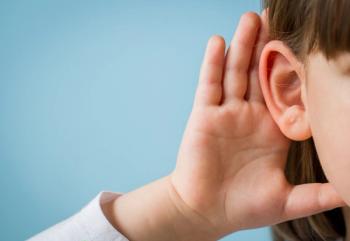
Hearing loss was more prevalent among children and adults with sickle cell disease and its traits compared to matched controls with normal hemoglobin.

A real-world analysis in the United States suggests hospital volume may not be the lone predictor of outcomes in pediatric cardiac surgery.

A recent cohort study in China reports suggests the structure of green space decreased the relative risk of myopia among school-aged children.

A new study identified type 1 diabetes (T1D) as a risk factor associated with nearly all subtypes of CHD, whereas overweight was associated only with certain defect types.

A new analysis suggests pseudomyopia was an independent risk factor for myopia development among school-aged children in China.
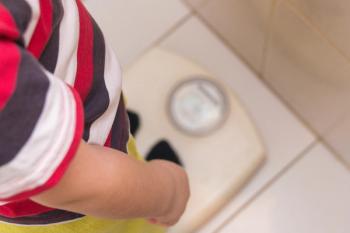
A new scientific statement indicates lifestyle interventions may change the trajectory of obesity-related cardiovascular risk from onset in childhood to manifestation in adulthood.

Results from the phase 3 CHAMP trial may support low-dose atropine as a pharmacological treatment option for myopia progression in children.

A new analysis found differences in the gut bacteria seen in adults with obesity, suggesting that changes in the gut microbiota that predispose to adult obesity may begin in early childhood.

Trends in the incidence of eye injuries associated with non-powder guns should be interpreted with caution as COVID-19 may have interfered with epidemiological trends.

An analysis of 118 infant eyes in India suggests the biosimilar is safe and effective in treating ROP, with about one-third of eyes requiring reinjection at 7 weeks after the first dose.
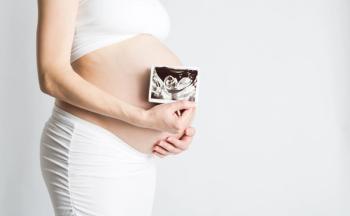
Children exposed to maternal COVID-19 during pregnancy showed lower birth weight, lower birth BMI, and accelerated postnatal weight gain, compared with those unexposed.
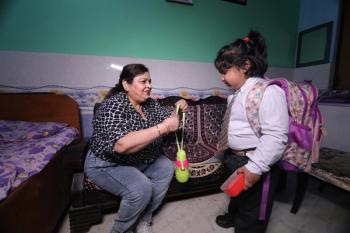
Built environments, but not social and economic environments, were negatively associated with BMI and overweight or obesity status, with a stronger association among adolescents with longer exposure to their built environment.

Previously known as efanesoctocog alfa, once-weekly ALTUVIIIO is indicated for routine prophylaxis and on-demand treatment to control bleeding episodes for adults and children with hemophilia A.
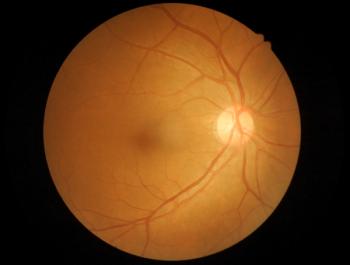
Investigators stress the need for timely surgical intervention to ensure favorable visual outcomes in patients with severe complications, including retinal detachment and vitreous hemorrhage.

A sugary drinks tax in England may have prevented over 5,000 cases of obesity a year in older girls, but had no significant association with obesity levels in year six boys or younger children.
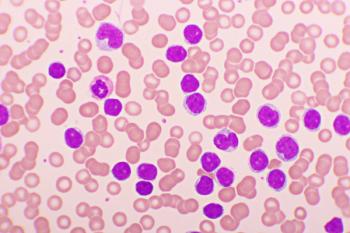
The accurate prediction of EF trajectory phenotypes may determine personalization of prognosis and treatment in a pediatric population with acute myeloid leukemia.

Children regularly engaged in physical activities had significantly better visual and stereoacuity than those who reported moderate, light or no activity.
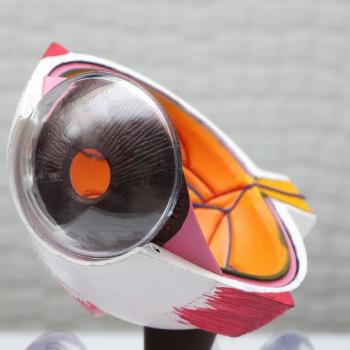
Study findings suggest that some cases of secondary glaucoma occur up to 16 years after the original cataract surgery.

The increase was highest for Hispanic and non-Hispanic Black Women.
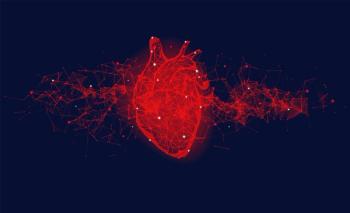
Screening and early-life interventions for these patients may prevent cardiometabolic outcomes, according to investigators.

New data suggest pediatric patients with a history of cardiac arrest are highly susceptible to hospitalization if infected with SARS-CoV-2.

Published: May 24th 2023 | Updated:
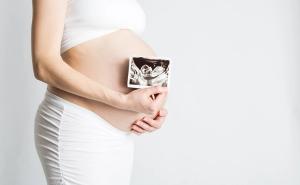
Published: March 30th 2023 | Updated:

Published: July 27th 2023 | Updated:

Published: January 30th 2023 | Updated:

Published: March 21st 2023 | Updated:

Published: July 4th 2022 | Updated: